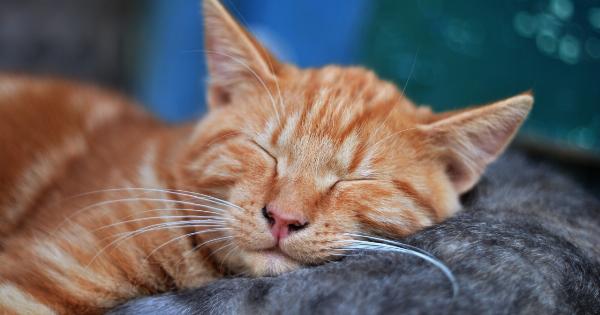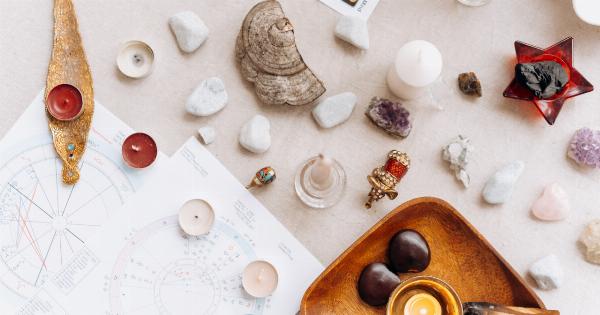When it comes to maintaining healthy hair, we often focus on various external factors like heat styling, chemical treatments, and harsh weather conditions.
However, did you know that your sleep habits can also have a significant impact on the health of your hair? Your nighttime routine plays a crucial role in hair growth, scalp health, and overall hair condition. In this article, we will discuss five common mistakes that many people make, unknowingly damaging their hair while they sleep. By avoiding these mistakes, you can help improve the health and appearance of your hair.
Mistake 1: Sleeping with Wet Hair
Many individuals find it convenient to go to bed with wet hair after a shower or nighttime hair wash. However, this can lead to severe damage to your hair strands and scalp.
Wet hair is more fragile and susceptible to breakage, as the hair shaft swells when it absorbs water. The friction between damp hair and the pillowcase can cause hair breakage and split ends.
Additionally, sleeping with wet hair can create a damp environment, providing a breeding ground for bacteria and fungi, leading to scalp issues like dandruff or infections. To avoid these problems, make sure your hair is completely dry before hitting the sack.
Mistake 2: Using Cotton Pillowcases
Using a cotton pillowcase may seem innocent, but it can actually be detrimental to your hair’s health. Cotton is a highly absorbent fabric that can strip your hair of moisture, leaving it dry and brittle.
The rough texture can also lead to friction, resulting in hair breakage and tangles. Instead, opt for silk or satin pillowcases. These materials create less friction and help maintain moisture levels in your hair, preventing damage and allowing you to wake up with smoother, less tangled locks.
Mistake 3: Sleeping in Tight Hairstyles
Sleeping in tight ponytails, braids, or buns may be your go-to solution for keeping your hair out of your face while you sleep.
However, such hairstyles can cause unnecessary tension and stress on your hair follicles, leading to hair breakage and even traction alopecia in severe cases. Moreover, tight hairstyles can alter the shape of your hair strands, resulting in unwanted kinks and waves. Instead, try wearing your hair loose or opting for looser hairstyles to minimize damage and maintain the natural shape of your hair.
Mistake 4: Neglecting Your Pillow
Just like your pillowcase, the type of pillow you sleep on can impact the health of your hair. Pillows made of rough or coarse materials can create friction, causing hair breakage and split ends.
Additionally, pillows that do not provide proper support can lead to tension in the neck and scalp area, which can affect hair health. Consider investing in a pillow made of silk or satin, which will reduce the friction between your hair and the pillow and provide better support for your head and neck.
Mistake 5: Ignoring Hair Protection
While you sleep, your hair is susceptible to various environmental factors that can damage it. Just like how you take precautions during the day to protect your hair from the sun or harsh weather, it is essential to provide nighttime protection as well.
Applying a small amount of hair oil or leave-in conditioner before bed can help create a barrier and seal in moisture, preventing damage and keeping your hair hydrated. Additionally, using silk or satin sleep caps or bonnets can further protect your hair from friction and reduce moisture loss.
Conclusion
By avoiding these five common mistakes, you can promote healthier hair and reduce the risk of damage caused by your sleep habits.
Remember to dry your hair thoroughly before bed, switch to silk or satin pillowcases and pillows, avoid tight hairstyles, and protect your hair with oils or leave-in conditioners and sleep caps or bonnets. Prioritizing your hair’s health during sleep is just as important as taking care of it during the waking hours. A consistent, mindful sleep routine will not only benefit your hair but also contribute to improved overall hair condition and growth.































